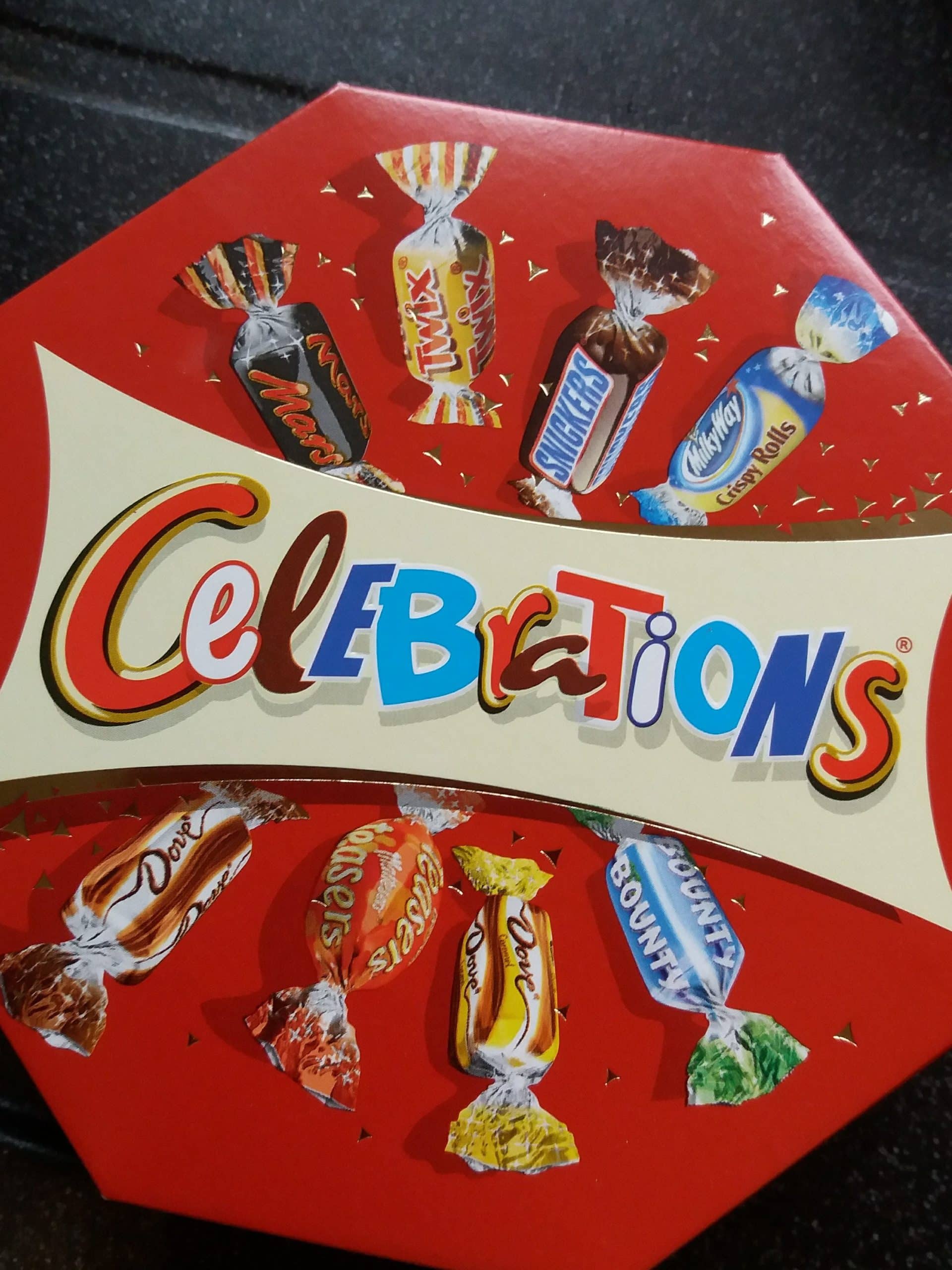Earlier this week, I attended the PR and Disruption conference at the London College of Communication as I was personally invited by a good friend of mine Simon Collister. There were a number of interesting presentations including one from Nic Newman, digital strategist and research associate, at Reuters Journalism Institute who discussed the growth of multiple channel news sources and he highlighted the new challenges that the modern news content providers faced.
Nic offered a fascinating insight into how the internal landscapes of newsrooms had changed recently and how the BBC amongst many has adapted including how its internal news team actually sit together in order to share content between themselves. The premise they are following is that if you focus on the story first and the platforms to share it on second you will be onto a winner. I tend to agree with this and it seems to be following the US with its corporate news jacking teams that have been involved in tapping into current news agendas and trying to make the news about a specific brand. I would welcome your opinions on this – some think it’s the future, but some think it’s just creating more noise interrupting the important material. I know Shel Holtz has a strong view on this type of activity, so I may contact him and ask him for his view.
After his presentation, I had a lengthy chat with Nic to see how he felt about how the newspaper groups were handling the changing media landscape. He highlighted The Guardian’s Witness social concept and the fact that the newspaper group is taking niche as well as mass online approaches in the hope that several of these differing concepts will work and essentially help to create new revenue streams for the newspaper.
Strong local content is the key to regional success
Nic and I discussed the fact that several regional newspaper groups were also focussing on good quality local content now. I have discussed for several years on this blog that good quality local content could really be the way ahead for regional newspapers and he agreed. We discussed the fact Johnston Newspapers (our local newspaper group in Yorkshire) is now finally starting to move ahead as its senior team are mostly digital and have come across from the BBC in order to push the business into the modern era.
To my mind they are still behind the curve though and they need to focus on strong, local mobile content discussing the local issues that affect our small towns and communities. If the newspapers can create interesting, engaging content on a niche local scale they will be successful but again it needs to be a multi-platform approach. The challenge then is still to monetize this solution but I think people will still agree to pay something just not as much as the newspapers actually want. The younger generation still read newspapers but mostly they are the free versions – I am referring to titles such as Metro and The Evening Standard. It is this fine balance that the newspapers need to get right. I think they should start with the freemium model first and pull people in and then offer more interesting engaging content through a local low-paid model then they should find the happy medium they crave. In other words numbers first, money second – that is the key.
Do you think we will still have local newspapers in 15 years’ time, let me know?
Chris Norton is the founder of Prohibition and an award winning communications consultant with more than twenty years’ experience. He was a lecturer at Leeds Beckett University and has had a varied PR career having worked both in-house and in a number of large consultancies. He is an Integrated PR and social media blogger and writes on a wide variety of blogs across a huge amount of topics from digital marketing, social media marketing right through to technology and crisis management.


